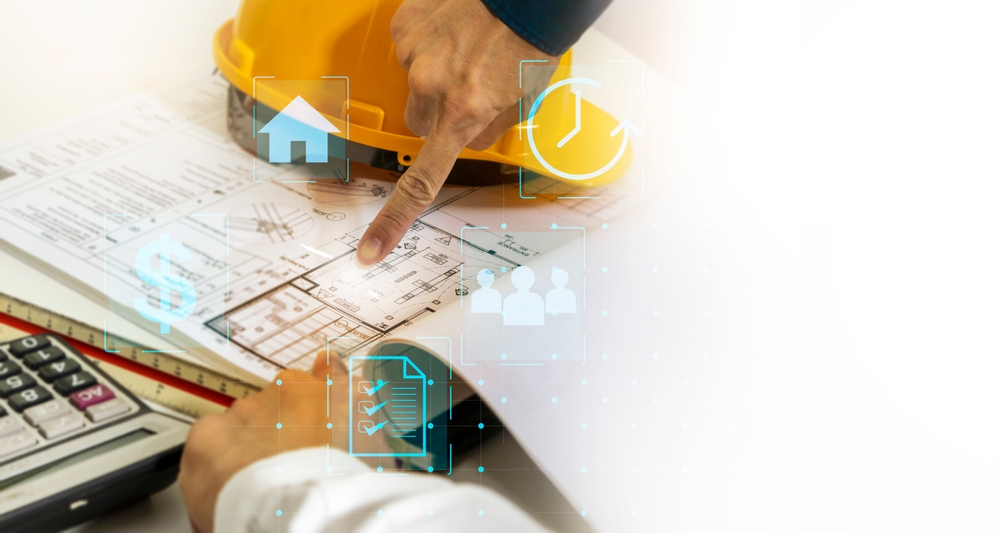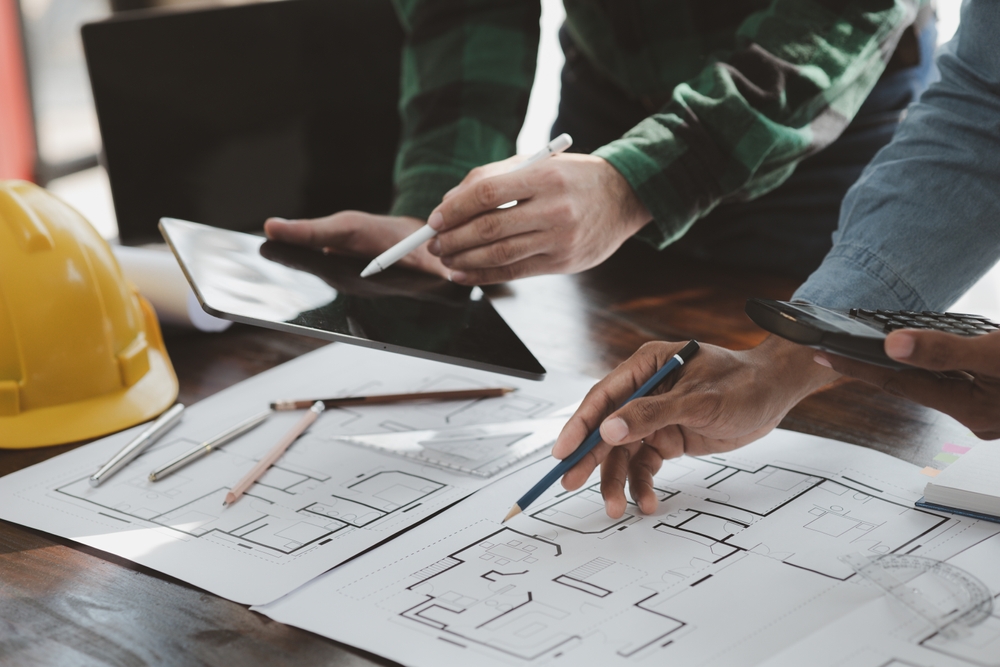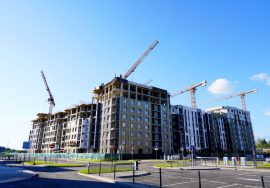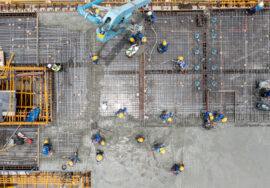The Impact of Urbanization on Construction

Impact of Urbanization on Construction: Urbanization, the process of population migration from rural to urban areas, is significantly shaping the construction industry. As cities expand to accommodate growing populations, the demand for infrastructure, housing, and commercial spaces is skyrocketing. This rapid growth brings both opportunities and challenges for the construction sector, influencing everything from project timelines to sustainability practices.
The Role of Urbanization in Driving Construction Demand
Urbanization has a direct impact on the construction industry’s growth. With more people moving into urban centers, there is a need for increased housing, transportation systems, healthcare facilities, educational institutions, and other critical infrastructure. The construction industry plays a crucial role in meeting these demands by designing and building structures that support urban living.
Key Areas of Impact:
- Housing Development: As populations increase, the demand for residential buildings, including affordable housing, apartments, and mixed-use developments, grows significantly.
- Infrastructure Expansion: Urbanization drives the need for new roads, bridges, public transit systems, and utilities to support the growing urban population.
- Commercial Construction: The rise in urban population leads to an increase in commercial projects such as office buildings, shopping centers, and industrial facilities.
Challenges Brought by Urbanization
While urbanization brings economic growth, it also presents challenges for the construction industry. These challenges must be addressed to ensure sustainable and efficient urban development.
Limited Space for Development
One of the biggest challenges in highly urbanized areas is the scarcity of land for new construction projects. As cities grow denser, there is limited space available for development, leading to the construction of high-rise buildings and more compact, multi-use developments. Builders and developers must innovate to make the most of the available space without sacrificing quality.
Environmental Concerns
Urbanization puts immense pressure on the environment, contributing to air and water pollution, loss of green spaces, and increased carbon emissions. The construction industry must adopt sustainable practices to mitigate these impacts. Green building initiatives, energy-efficient designs, and eco-friendly materials are becoming more important as cities aim to reduce their carbon footprints.
Infrastructure Overload
Rapid urban growth often strains existing infrastructure, leading to overburdened transportation systems, power grids, and water supply networks. To support urban expansion, construction efforts must focus on upgrading and expanding infrastructure to prevent service disruptions and improve the quality of life in cities.

Rising Construction Costs
Urbanization can lead to increased construction costs due to higher land prices, more complex building codes, and the need for advanced technologies. Builders must navigate these financial pressures while delivering high-quality projects within budget.
Innovations in Construction to Address Urbanization Challenges
As urbanization continues, the construction industry is embracing new technologies and innovative approaches to keep pace with demand. These innovations are helping to overcome the challenges of urbanization while promoting more sustainable and efficient urban development.
Prefabrication and Modular Construction
Prefabrication and modular construction are gaining popularity in urban areas due to their efficiency and cost-effectiveness. These methods involve assembling building components off-site and transporting them to the construction site, reducing waste, saving time, and minimizing disruption in crowded urban environments.
Smart City Technologies
The integration of smart technologies into urban construction is revolutionizing how cities are built and managed. Smart cities use sensors, data analytics, and IoT (Internet of Things) to optimize energy consumption, traffic management, and public services. The construction of smart buildings that incorporate automation and energy-efficient systems is crucial for the development of future urban centers.
Green Building Practices
Sustainable construction practices are becoming a key focus as urban areas aim to reduce their environmental impact. Green building certifications, such as LEED (Leadership in Energy and Environmental Design), promote the use of renewable materials, energy-efficient designs, and water-saving technologies. These practices not only help protect the environment but also reduce operational costs for building owners.
External Resources on Urbanization and Construction
Conclusion
Impact of Urbanization on Construction; Urbanization is shaping the future of the construction industry, driving demand for residential, commercial, and infrastructure development. While it presents challenges such as limited space, environmental concerns, and rising costs, the industry is responding with innovative solutions like modular construction, smart technologies, and sustainable practices. By adapting to these trends, the construction sector can play a pivotal role in creating more resilient, efficient, and livable cities.
For assistance with urban construction projects or sustainable building practices, contact us today!
Read more related articles to enhance your knowledge and make informed decisions
10 Essential Steps in the Building Construction Process
How to Choose the Right Materials for Your Construction Project







